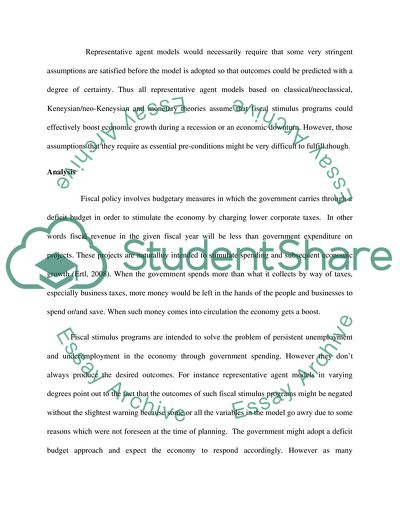Cite this document
(“Macroeconomic Coursework Essay Example | Topics and Well Written Essays - 2500 words”, n.d.)
Macroeconomic Coursework Essay Example | Topics and Well Written Essays - 2500 words. Retrieved from https://studentshare.org/miscellaneous/1555765-macroeconomic-coursework
Macroeconomic Coursework Essay Example | Topics and Well Written Essays - 2500 words. Retrieved from https://studentshare.org/miscellaneous/1555765-macroeconomic-coursework
(Macroeconomic Coursework Essay Example | Topics and Well Written Essays - 2500 Words)
Macroeconomic Coursework Essay Example | Topics and Well Written Essays - 2500 Words. https://studentshare.org/miscellaneous/1555765-macroeconomic-coursework.
Macroeconomic Coursework Essay Example | Topics and Well Written Essays - 2500 Words. https://studentshare.org/miscellaneous/1555765-macroeconomic-coursework.
“Macroeconomic Coursework Essay Example | Topics and Well Written Essays - 2500 Words”, n.d. https://studentshare.org/miscellaneous/1555765-macroeconomic-coursework.


